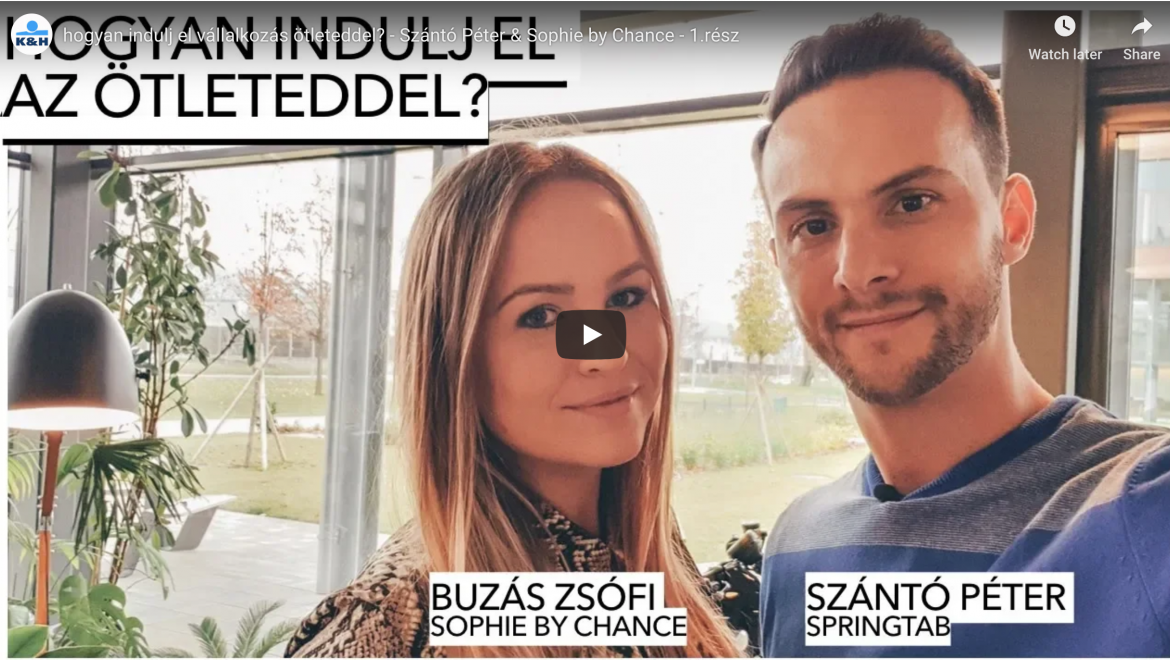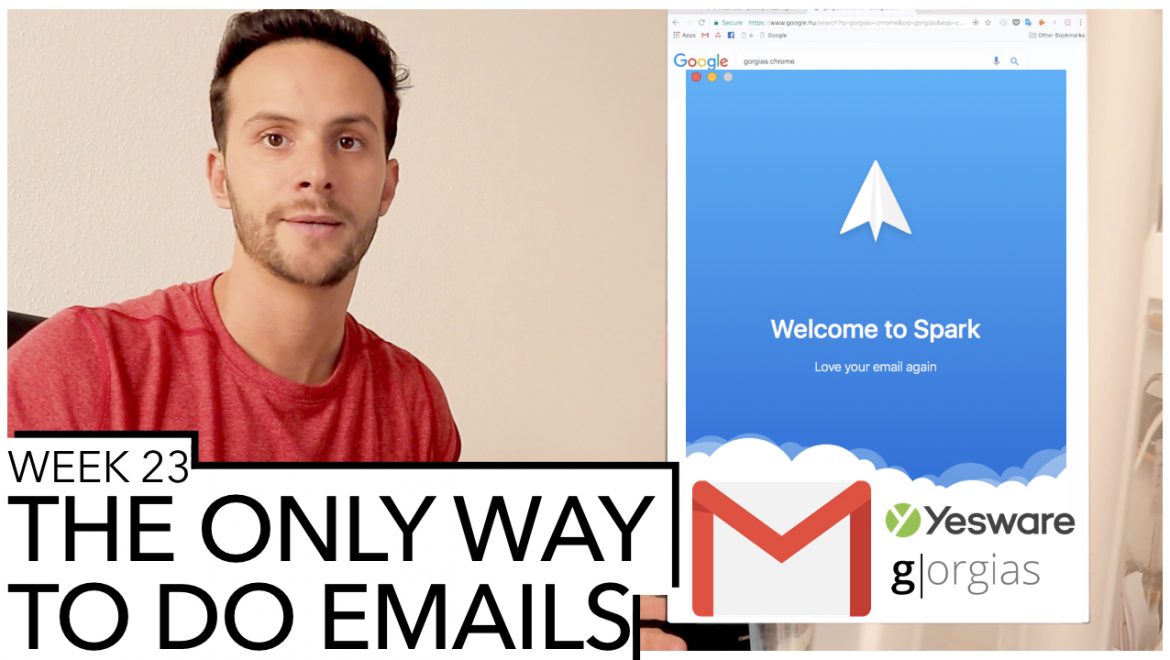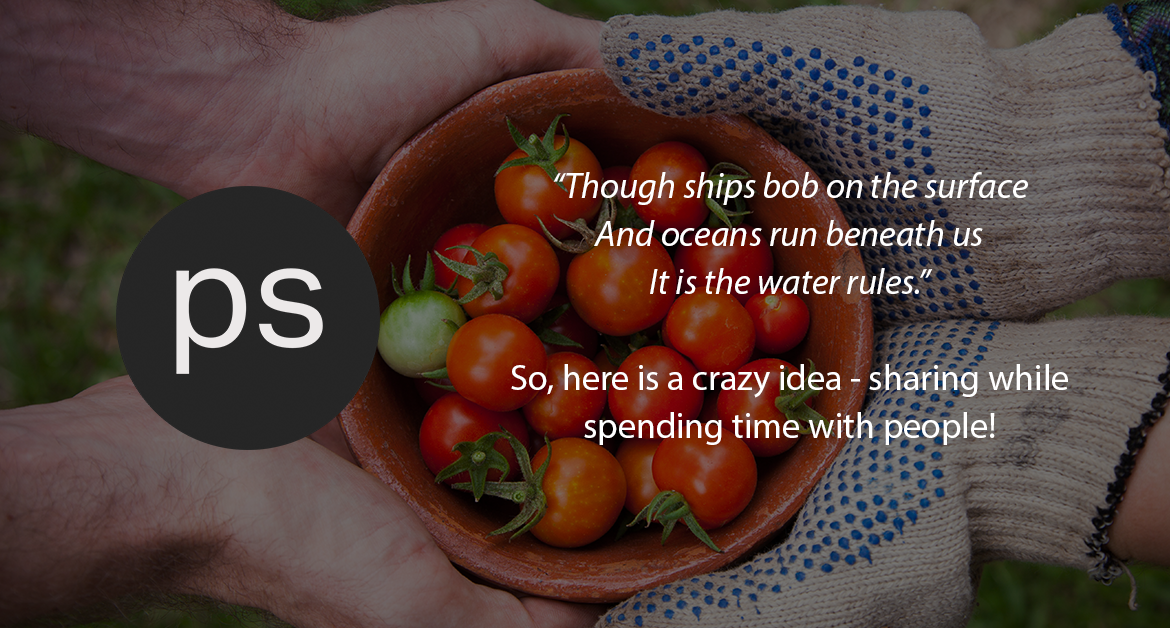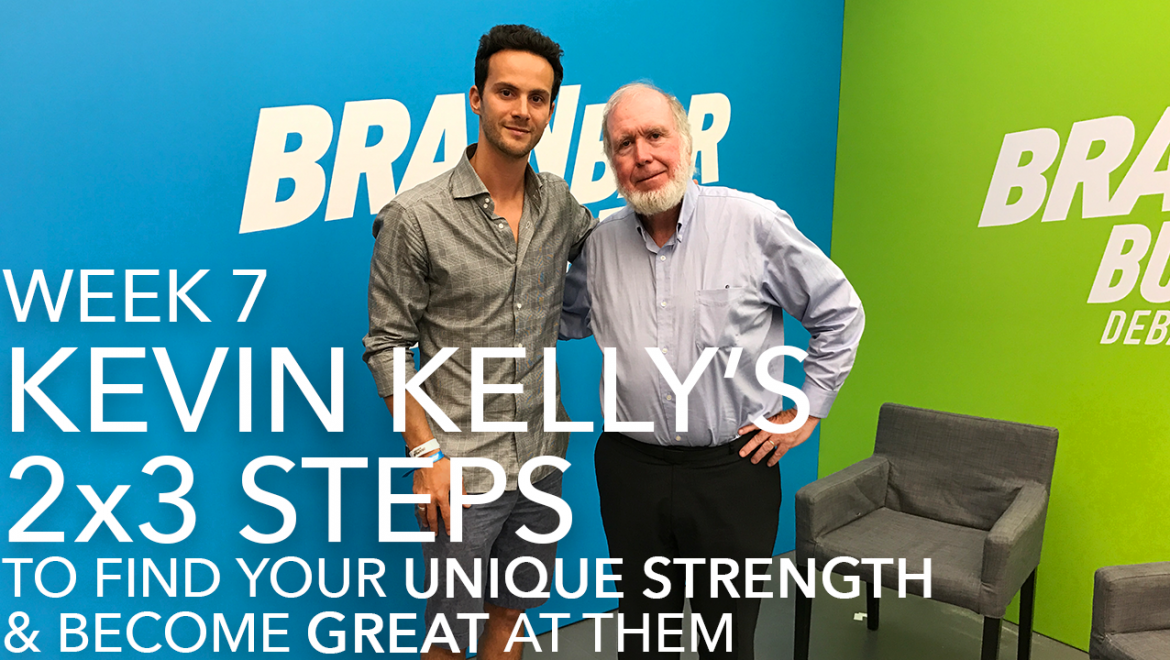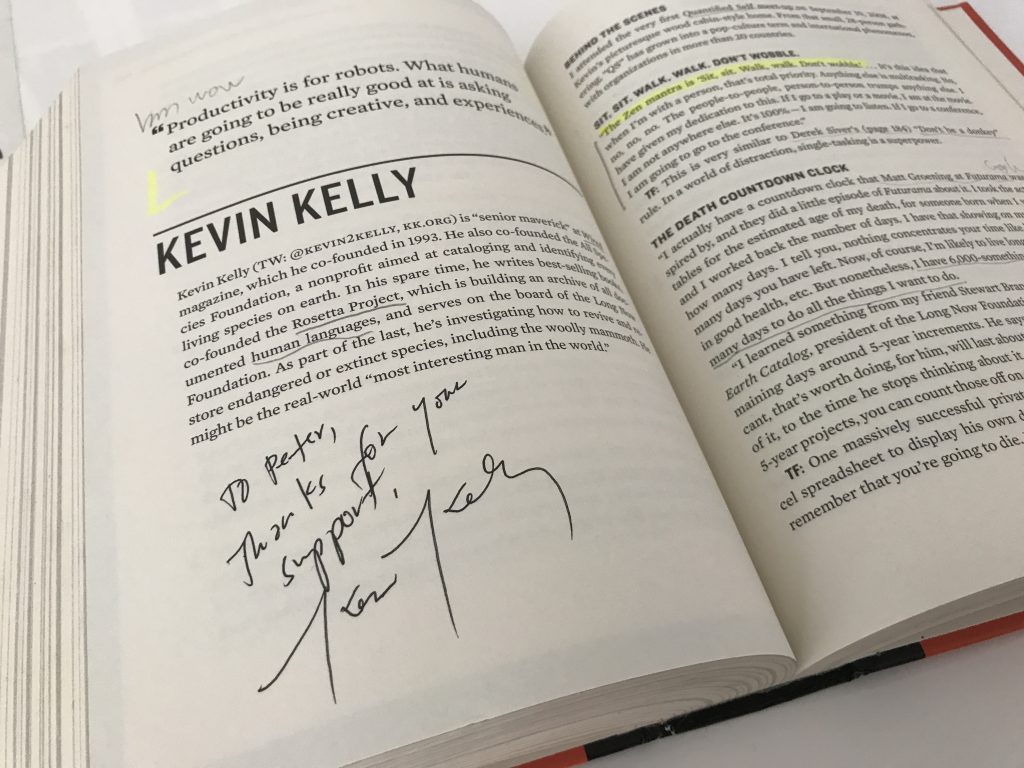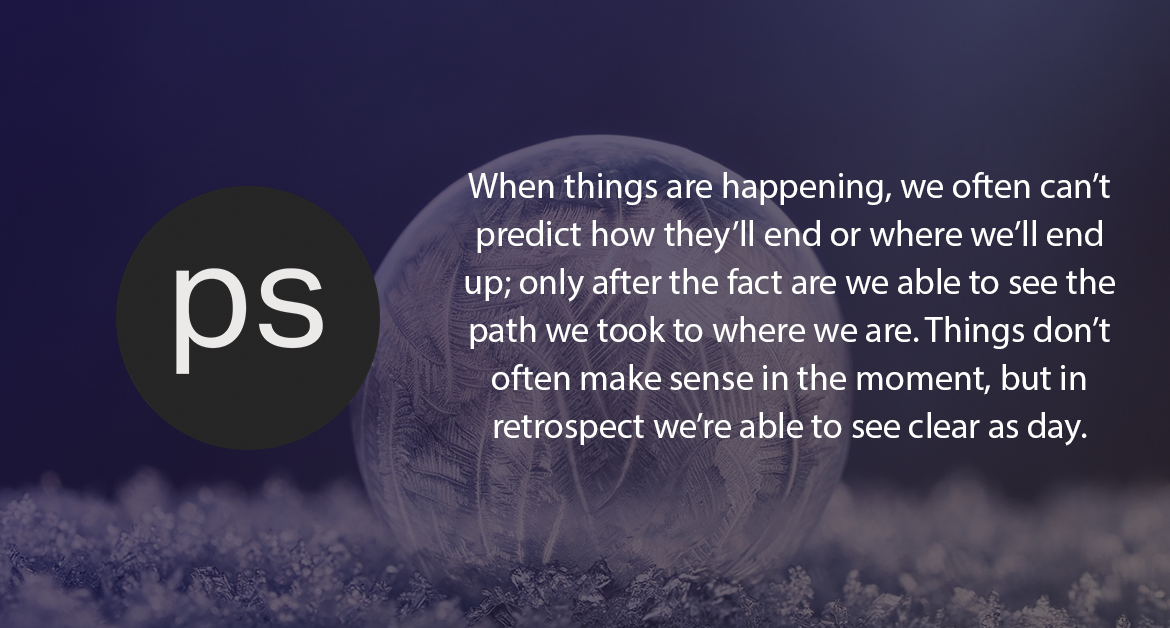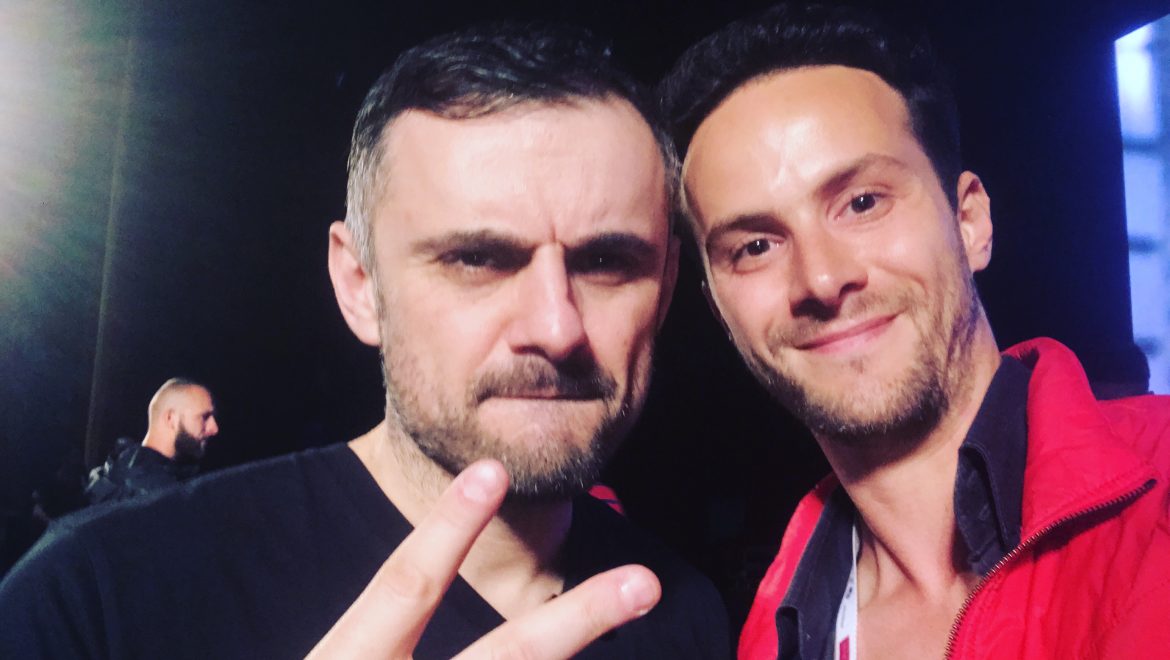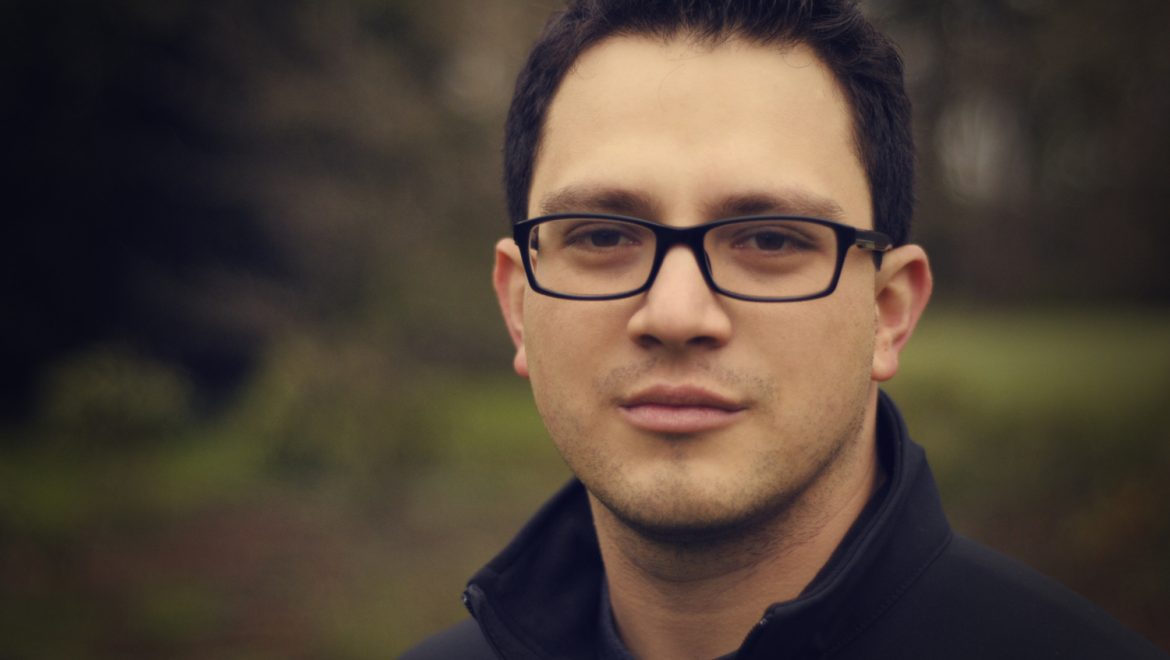Ganxsta Döglégy Zolee Villámkérdések
“A nép Zolija”
0:42: Gyerekkori tanács, talán nem is tanács, inkább példával való vezetés, ahol már fiatalon elleste Zoli édesapjától, hogy mennyire kell élvezni a nők társaságát.
2:50: Miben vátlozott meg a véleménye az elmúlt években? Hogy a minőség fontosabb a mennyiségnél.
3:47: A húsz éves önmagának azt mondaná, hogy “olyan jó lesz, hogy beszar”. És a húsz éves önmaga nagyon örülne neki, ha meglátná az 52 önmagát, hogy ilyen.
4:18: A harminc éves önmagának már mást tanácsolna. Többször érezte ott akkor, hogy ezt vagy azt máshogy csinálná. Közhely, de a nincsenek véletlenek igaz. Úgy lett az, aki, hogy mindazt a dolgot, hibát elkövette.
5:34: Mit érez cikinek magában? Zoli nem sok mindent, csak akkor ha valakit nagyon zavar, akit ő szeret, akkor sajnálja. Pillanatokra érezte úgy, hogy valami gáz, de amúgy tükörbe tud nézni. Magában ami zavar, ha lehet ilyet mondani, az a pénz kezelése és ezen változtatnia is kéne. Amit ő megkap, azt el is szórja. Pedig angolul, spanyolul is beszél és nagy életbölcselete van, de a mindennapi dolgokat egyszerűen nem tudja kezelni.
9:14: Kedvenc könyvei (mivel ajándékozni nem szokott, így a sajátjait mondta): Irwin Shaw – Oroszlánkölyök. Mihail Bulgakov – A Mester és Margarita. Harry Potter könyvek.
10:20: Milyen tanácsot hall a világban, ami oltári nagy baromság: Pénz nem boldogít. Majd az idő segít. Rohadjál meg. Az idő nem segít. Olyan mint a Presszer megénekelte, hogy a zene segít, majd egy későbbi számában azt énekelte, hogy azt mondtam, hogy a zene segít, de nem segít. 1
1:13: Mi az, amiben Zoli hisz, de nem tudja bizonyítani. Hogy igenis érdemes úgy élni, mintha minden az utolsó nap lenne. Klissé, de neki bejött. Mindenki csinálja azt, amiben jól érzi magát! Ne hallgasson másokra! Légy hű önmagadhoz.
12:07: Egy idézet ami mentén éli az életét: “Az élet olyan, mint a füst. Ma itt vágnak fejbe, holnap ott.” – Rejtő Jenő. Zoli szerint a Rejtő Jenő is olyan volt, hogy megírta az élet nagy dolgait egy kávéházi csücsökből. Sokan jönnek hozzá oda koncerten, ügyvédnek tünő arcok, hogy húúú bumm a fejbe, de közben ő nem tud úgy élni.
14:18: Furcsálja magában, hogy nem tud a korának megfelelően viselkedni — de ennek örül is. A barátai rosszcsont kisgyerekével jön ki jól. A munkások társaságát kereste mindig is. Ahogy Diego Maradona is inkább a Napoliba ment a Juve helyett és ő volt a nép fia, úgy Zoli is a nép Zolija.
16:17: Mik voltak a főbb döntési pontjai, ami által Ganxta Döglégy Zolee vált belőle? Minden inspirációból jött. A rap zene, a ganxta név. A legtöbb dolgot nagyon gyors döntéssel hozta meg mindig és ezt a lánya is örökölte tőle. A fontos döntéseit is úgy dönti el, mintha piros vagy kék cipőt vegyen: ennyi, go.
17:36: Ha bárhova tehetne egy óriásplakátot és bármit írhatna rá… Akkor pár hete azt írta volna rá, hog “Nóri gyere vissza, ne szórakozz”, de most már, azt írná, hogy mocskos Real Madrid és csak az Atletico :D. Szeretlek bennetek, legyen mindenki olyan, amilyennek jól érzi magát. Ez a legfontosabb.
18:12: Olyan kudarc, ami akkor nagyon rossz volt, de most látja, hogy szüksége volt rá. Veszprémi fellépése az egyik, amikor 5 számot se tudott elénekelni, mert annyira készen volt. Azóta csak a koncert után indul meg igazán. Sőt, így idősen azzal vág oda, hogy felmegy a “nagyapó” és végig ugrálja az egészet, jobban mint a húsz évesek és ez az alázat, a minta. Utána persze mehet a buli.
20:08: Ganxta Zoleenak nincs email címe. Nem is emalezik, ezért majdnem elbukott most egy jó szponzorációt. Menedzsert lehet keresni, de kb ennyi.





